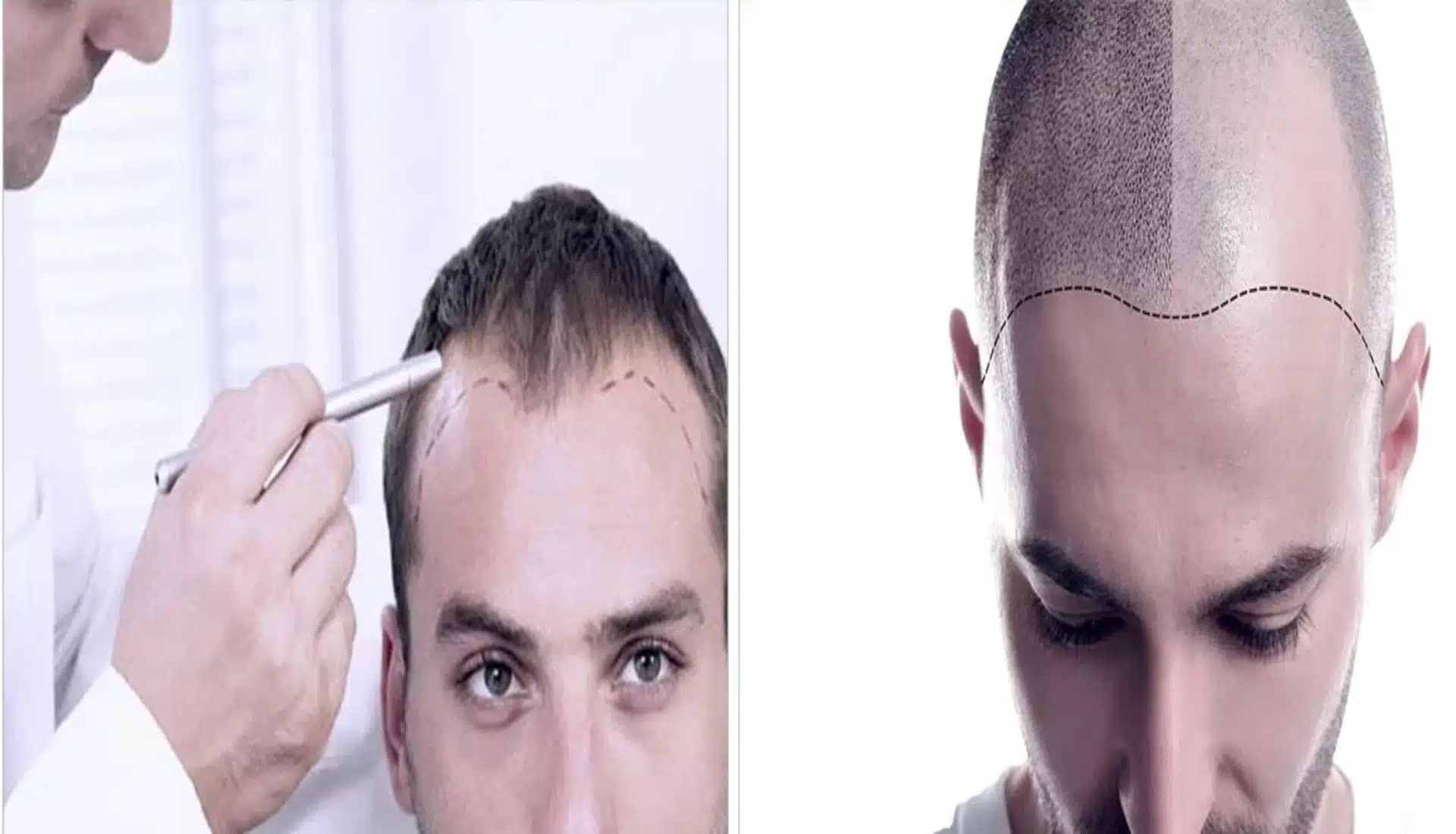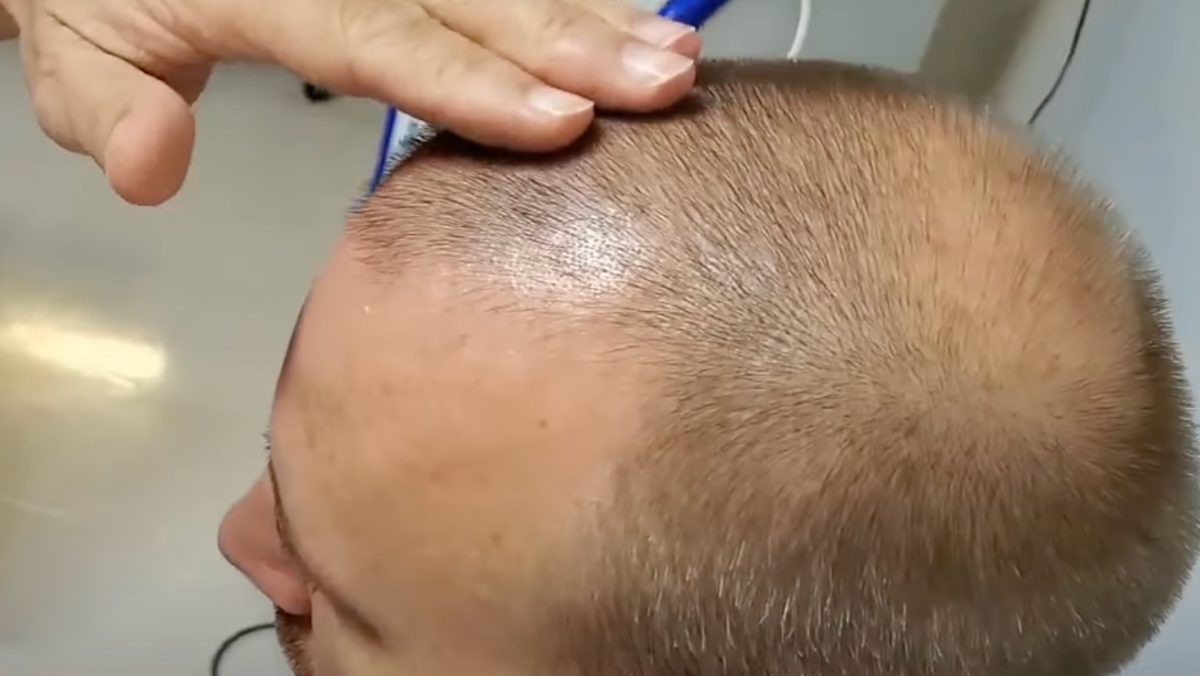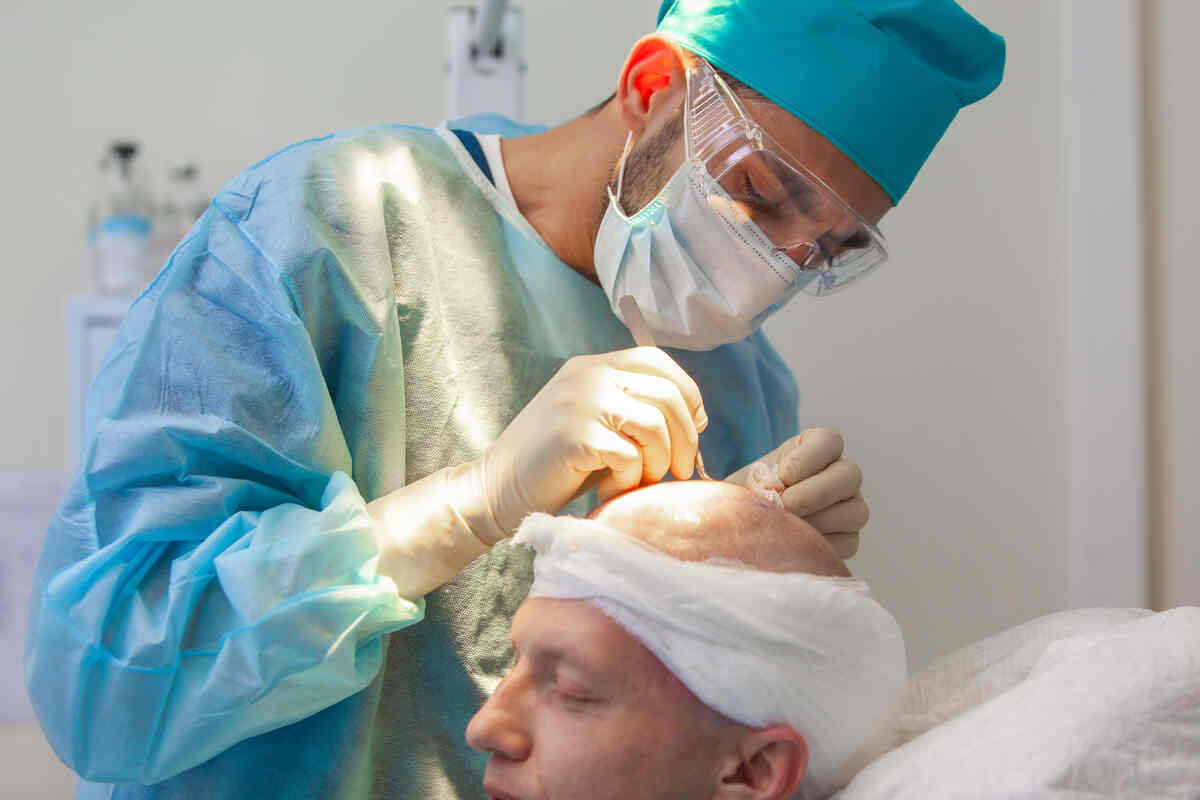
01/11: HAIR TRANSPLANT DECIPHERED
Hair transplants are becoming increasingly popular, and not just as a solution for people who have experienced premature hair loss. But can we trust that hair transplants will work? Does this process last or does the technique cause unnatural tissue alterations in the body? What you need to know is as follows.
02/11: WHAT IS A HAIR TRANSPLANT?
Hair transplant surgery involves grafting hair follicles from one area of the body (such as the face or legs) onto another area of the body that naturally lacks hair. If you’re asking, how long do hair transplants last, the newest methods are long-lasting and are considered to be permanent.
03/11: STRIP HARVESTING
Strip harvesting entails manually transplanting strips of skin with healthy hair growth on bald spots, while follicular unit extraction involves extracting hair clusters from the scalp, roots and all. Surgeons are increasingly using the strip harvesting method. It guarantees full healing in about two weeks with only a tiny scar at the donor location.
04/11: SURGERY TO REMOVE FOLLICULAR UNITS
Depending on the patient’s preferences, FUE can be performed in a single or multiple sessions. It’s a laborious operation, and the procedure is lengthy for both the healthcare provider and the individual being treated. However, robotics have greatly simplified and shortened this process.
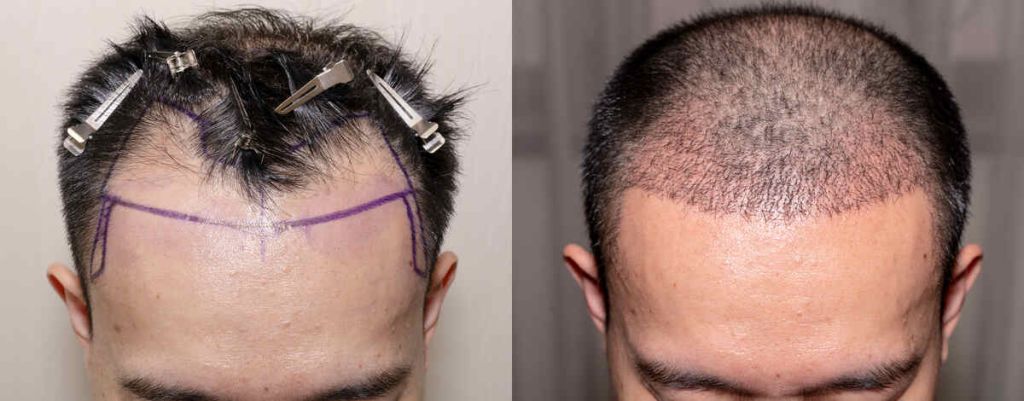
05/11 : HAIR TRANSPLANT PREPARATIONS
1) Hair follicles are first extracted from the back of the head and then transplanted to the thinning regions.
2) The donor area is the back of the head where we extract the hair for better hair transplant before and after results. The Transplant area is the part where we transplant the hair.
3) Local anesthesia is administered after the donor area hair has been shaved.
06/11: DONOR AREA TISSUE HARVESTING
4) The bald-resisting hair follicles and the surrounding tissue in the donor area are surgically removed.
5) The hair is combed over the sutures in the donor location, so they are not visible to the patient. The sutures from a hair transplant procedure are typically removed after 10 days.
6) The surgical personnel next utilize microscopes to examine the donor tissue in order to dissect it and prepare hair follicular unit transplants.
07/11 : THE SHAVED AREA IS READY.
7) After the patient has been administered local anesthesia, the balding recipient area is sterilized in preparation for the surgical procedure. Neither the donor nor the recipient must shave or clip the hair on top.
8) We have the follicular unit. Small incisions are made in the recipient area in an asymmetrical manner, and grafts are inserted into these spaces.
9) The thinnest grafts (numbers 1 and 2) are placed in front of the hairline, while the thickest grafts (numbers 3 and 4) are used at the back.
08/11: INSERTION OF GRAFTS
10)The thinnest grafts (sizes 1 and 2) go in front of the hairline, while the thickest grafts (sizes 3 and 4) go in back.
11) The donor location will have little incisions and the transplanted hair will be short after surgery.
12) Within a week, the recipient area will no longer be red and the incision marks will have faded naturally.
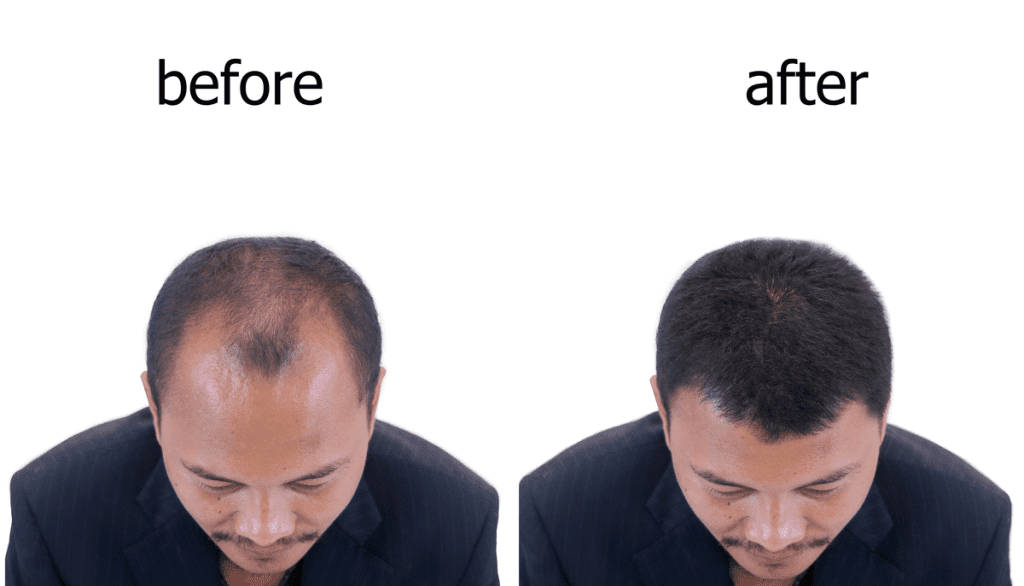
09/11 : RECUPERATION PERIOD
Getting a hair transplant is a simple, non-surgical process that is often be performed in an clinical setting. While the scalp needs to be shielded from the sun and any potential infections for a while following surgery, patients are typically given the green light to shampoo after two or three days. Antibiotics are usually prescribed and given to the patients for a few days.
10/11 : ANTIBIOTICS ARE USUALLY PRESCRIBED AND GIVEN TO THE PATIENTS FOR A FEW DAYS.
If you’re asking, does transplanted hair fall again? First, it falls out between two and four weeks after the transplant, just like regular hair. Second,The surgery is painless thanks to the use of local anesthesia, and the patient can go home the same day. Third, In non-surgical hair restoration, a carefully selected base is placed on the scalp and secured in place, but this is not the case with hair transplantation.
11/11: WHAT YOU NEED TO KNOW
Fourth, not everyone who has a hair transplant ends up with a thick head of hair; the outcome varies from patient to patient. Individual differences in hair quality play a role as well. Fifth, hair transplantation is not a panacea for male and female pattern baldness. It is totally situational.
Sixthly, the hair transplant cost of the operation is proportional to the quantity of grafts used. The price increases as the quantity of grafts increases.

